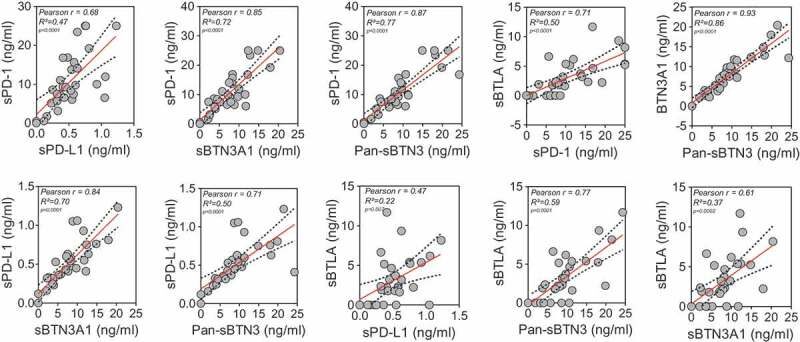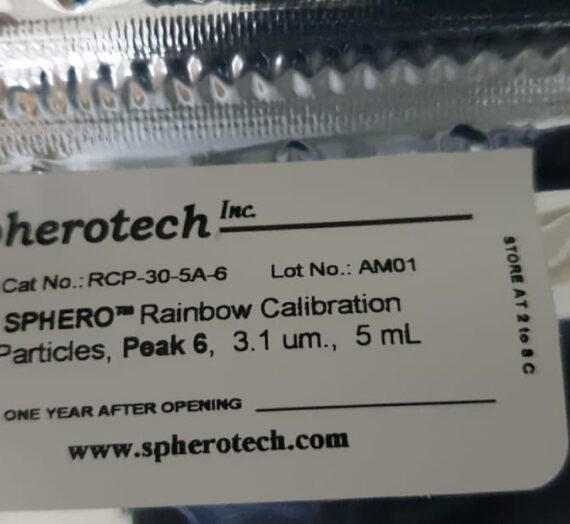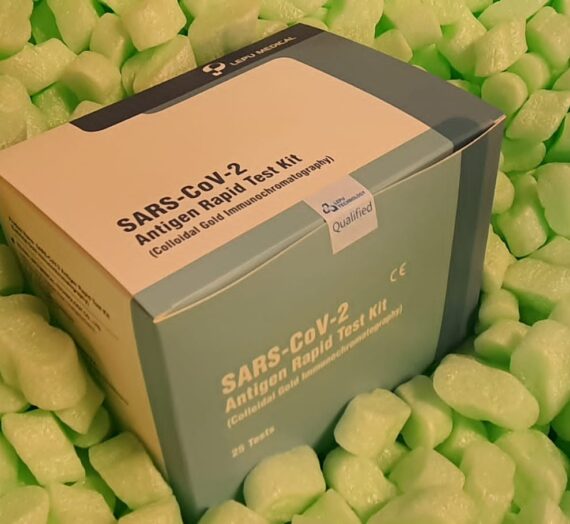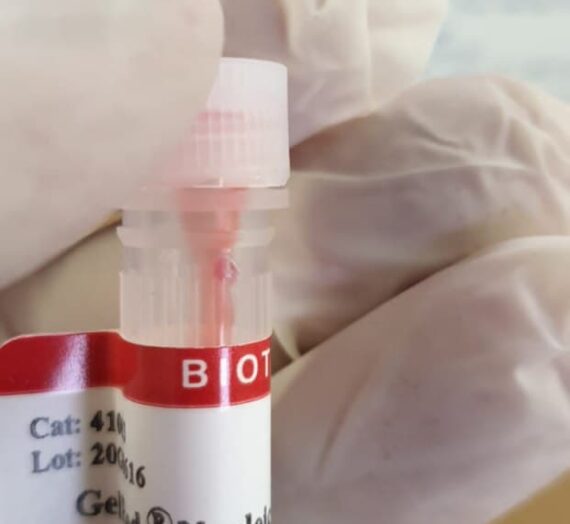PDAC is one of essentially the most heterogeneous cancers with low chemotherapeutic sensitivity because of a dense stroma, a weak vasculature and vital organic aggressivity. In most cancers, suppressive immune checkpoints are sometimes hyper-activated to make sure an efficient evasion of tumor cells from immune surveillance.
These immune checkpoints embody in half, the B7/butyrophilin-like receptors equivalent to butyrophilin sub-family 3A/CD277 receptors (BTN3A), the B and T lymphocyte attenuator (BTLA) belonging to the B7-like receptors and the programmed loss of life protein (PD-1) with its ligand PD-L1. We evaluated the plasma stage of these markers in 32 PDAC patients (studying cohort) by advert hoc developed ELISA’s and confirmed that there are extremely correlated.
We used ROC curves and univariate evaluation to characterize their prognostic relevance in these patients and confirmed that their plasma stage can function survival predictor. Plasma stage thresholds that correlate with lower than six months survival have been established for sPD-1 (>8.6 ng/ml), sPD-L1 (>0.36 ng/ml), sBTLA (>1.91 ng/ml), sBTN3A1 (>6.98 ng/ml) and pan-sBTN3A (>6.92 ng/ml).
These thresholds have been utilized in unbiased validation cohort composed by 27 new samples and might effectively discriminate quick versus lengthy PDAC survivors. Our research reveals that monitoring the focus of soluble kinds of inhibitory immune checkpoints in plasma can assist predict survival in PDAC patients and subsequently enhance their remedies.

Rotavirus is related with decompensated diarrhea amongst younger rhesus macaques (Macaca mulatta).
Diarrhea with secondary decompensation is the principle trigger of morbidity and mortality in captive younger rhesus macaque (Macaca mulatta) colonies. Approximately 25% of diarrhea instances with secondary decompensation are thought of to be idiopathic power diarrhea.
The goal of this research was to analyze the suspected however not systematically examined affiliation between rotavirus an infection and diarrhea with secondary decompensation amongst younger rhesus macaques on the California National Primate Research Center (CNPRC).
Blood and stool samples have been collected from 89 randomly chosen younger animals (age vary: 6 months to 1.5 years) and have been examined for the presence of rotavirus antibody, and rotavirus antigen, respectively, utilizing enzyme-linked immunosorbent assays (ELISA’s). Test and scientific knowledge have been analyzed utilizing Fisher’s actual assessments and multivariate logistic regression mannequin.
Our evaluation signifies that rotavirus is endemic amongst younger outdoor-housed rhesus macaques on the CNPRC. Although the connection between detectable rotavirus antigen in stool and symptomatic diarrhea with secondary decompensation was not vital, there was a major affiliation between rotavirus seropositivity and a historical past of diarrhea with secondary decompensation inside the previous 6 months.
While our cross-sectional and case-control research suggests an affiliation between rotavirus an infection and diarrhea with secondary decompensation amongst captive rhesus macaques, extra in depth longitudinal research on bigger cohorts and with extra intensive pattern assortment are wanted to substantiate these findings.




